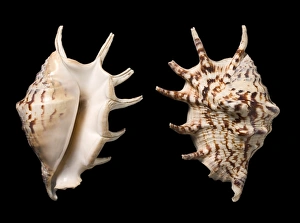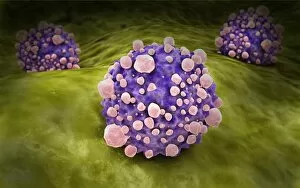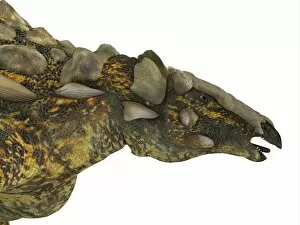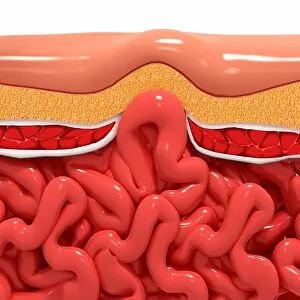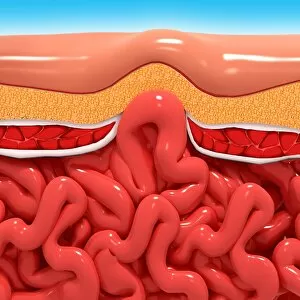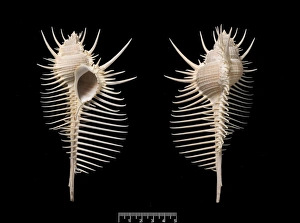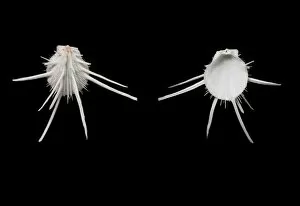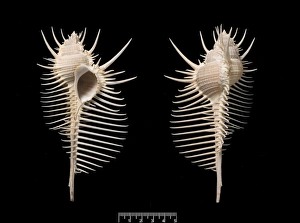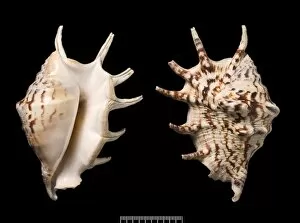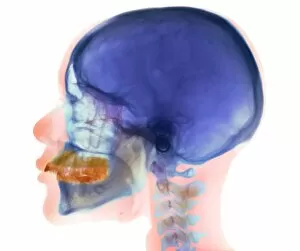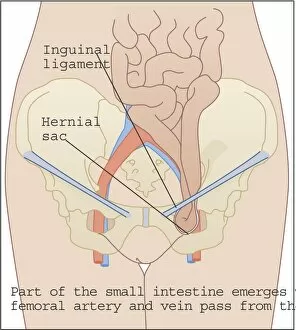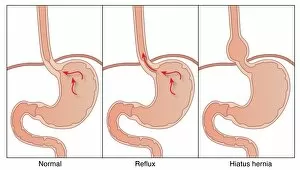Protrusion Collection
"Exploring the Intricate World of Protrusion: From Shells to Cells and Dinosaurs" In this captivating journey through the microscopic realm
All Professionally Made to Order for Quick Shipping
"Exploring the Intricate World of Protrusion: From Shells to Cells and Dinosaurs" In this captivating journey through the microscopic realm, we delve into the fascinating concept of protrusion. Starting with common spider conch shells C016 / 6042, we witness nature's intricate designs that effortlessly catch our eye. Zooming in further, a mesmerizing microscopic view reveals bustling bacteria, their tiny forms creating a world within themselves. The sheer complexity and diversity of these microorganisms leave us in awe of their ability to thrive and adapt. But it doesn't stop there; our exploration takes an unexpected turn as we encounter pancreatic cancer cells under the microscope. These malignant protrusions serve as a stark reminder of the challenges faced by medical science in combating this devastating disease. As if echoing life's delicate balance between beauty and adversity, another glimpse into the world of bacteria reminds us that even at such small scales, danger can lurk. Yet amidst these threats lie opportunities for breakthroughs in research and treatment. Returning once again to pancreatic cancer cells, their relentless presence underscores the urgency for continued efforts towards finding effective therapies. Each cell becomes a symbol of hope for those affected by this formidable illness. Amidst all these scientific marvels lies an intriguing contrast—a Gargoyleosaurus dinosaur on a white background emerges from obscurity. This armored creature serves as a reminder that throughout history, life has always found ways to adapt and evolve against all odds. Our journey concludes with yet another encounter with pancreatic cancer cells—each image reinforcing both its prominence in scientific study and its impact on countless lives worldwide. From shells to cells and dinosaurs alike, protrusion captivates our imagination by revealing hidden worlds beyond what meets the naked eye, and is through exploring these intricacies that we gain deeper insights into nature's wonders while striving towards solutions for pressing health concerns like pancreatic cancer.

